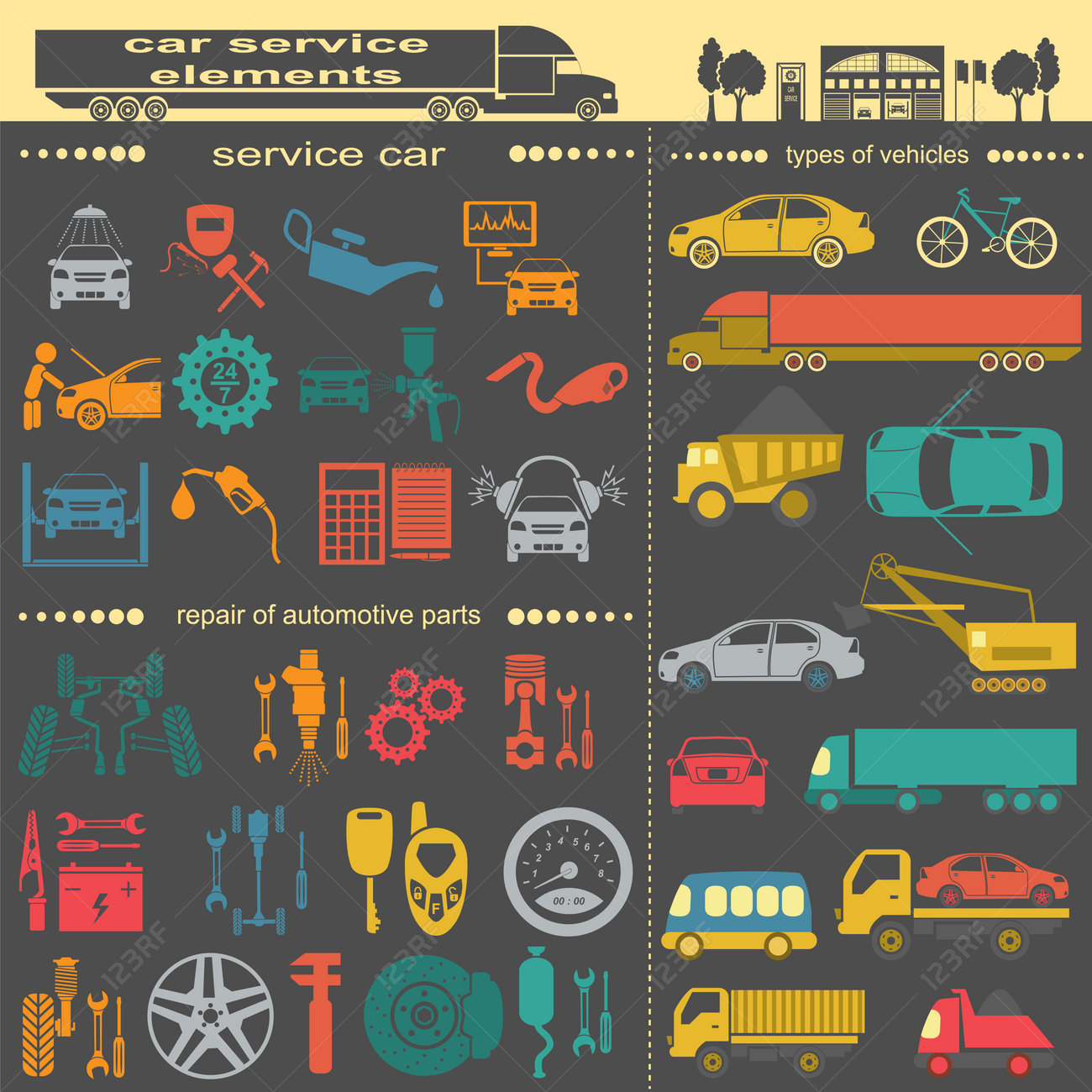Comprehending The Definition Behind Your Car'S Caution Lighting: A Thorough Look
Comprehending The Definition Behind Your Car'S Caution Lighting: A Thorough Look
Blog Article
Written By-Lauritsen Shepherd
When you lag the wheel, those beautiful warning lights on your control panel can be a little bit complicated. Do you know what they're attempting to tell you concerning your car's health and wellness? Understanding the value of these lights is crucial for your safety and the durability of your automobile. So, the following time one of those lights turns up, wouldn't you intend to understand its message properly and take the required actions to address it?
Common Caution Lighting and Interpretations
Recognize common caution lights in your vehicle and comprehend their meanings to guarantee risk-free driving.
One of the most normal caution lights include the check engine light, which signifies concerns with the engine or exhausts system. If this light comes on, it's essential to have your automobile inspected quickly.
The oil stress advising light shows low oil pressure, needing immediate attention to avoid engine damage.
A flashing battery light could recommend a malfunctioning charging system, potentially leaving you stranded otherwise attended to.
The tire pressure tracking system (TPMS) light alerts you to reduced tire pressure, influencing lorry security and fuel efficiency. Overlooking this could cause hazardous driving problems.
The abdominal muscle light indicates an issue with the anti-lock stopping system, endangering your capacity to stop swiftly in emergencies.
Finally, the coolant temperature alerting light warns of engine overheating, which can result in severe damages if not fixed promptly.
Understanding these usual warning lights will help you attend to problems immediately and maintain secure driving conditions.
Significance of Prompt Focus
Recognizing the typical caution lights in your auto is only the primary step; the value of without delay attending to these warnings can not be highlighted sufficient to ensure your security on the road.
When a warning light illuminates on your control panel, it's your automobile's means of communicating a possible problem that needs attention. Neglecting https://ziondxpia.blogvivi.com/32695385/just-how-mobile-auto-outlining-providers-can-conserve-you-time-and-money can result in extra extreme problems down the road, compromising your safety and possibly costing you more in repairs.
Motivate attention to alerting lights can avoid break downs and accidents. As an example, a blinking check engine light might show a misfire that, if left unattended, can create damages to the catalytic converter. Resolving this without delay can conserve you from a costly repair service.
Similarly, a brake system cautioning light may indicate low brake fluid or worn brake pads, vital components for your security when driving.
DIY Troubleshooting Tips
If you discover a warning light on your dashboard, there are a couple of DIY repairing suggestions you can attempt prior to looking for expert help.
https://brakerotorreplacementcost05049.activoblog.com/33935258/eco-friendly-vehicle-detailing-products-you-need-to-try is to consult your cars and truck's manual to comprehend what the particular warning light indicates. Occasionally the problem can be as simple as a loosened gas cap triggering the check engine light. Tightening up the gas cap might deal with the issue.
Another common issue is a reduced battery, which can cause various cautioning lights. Examining the battery connections for corrosion and guaranteeing they're safe and secure might take care of the trouble.
If a caution light persists, you can attempt resetting it by detaching the auto's battery for a couple of minutes and afterwards reconnecting it. In addition, inspecting your automobile's liquid degrees, such as oil, coolant, and brake liquid, can help fix advising lights associated with these systems.
Verdict
In conclusion, comprehending your cars and truck's warning lights is necessary for maintaining your lorry running smoothly and securely. By immediately resolving these alerts and recognizing what they indicate, you can stay clear of expensive repair work and potential break downs.
Bear in mind to consult your car's handbook for specific information on each advising light and act appropriately to guarantee a trouble-free driving experience.
Remain notified, stay secure when traveling!
